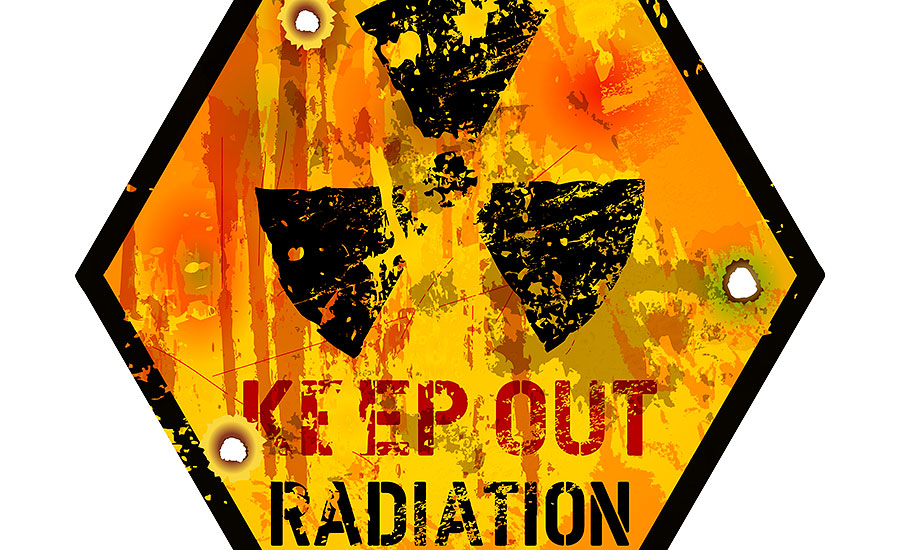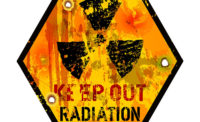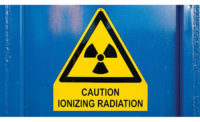The objective of the Department of Energy’s Radiation Protection Program (RPP) is to ensure radiation exposures to DOE workers and the public, and releases of radioactivity to the environment, are maintained below regulatory limits, and deliberate efforts are taken to further reduce exposures and releases as low as reasonably achievable.
Leadership responsibilities
DOE’s list of senior management responsibilities for ensuring effective RPPs is similar to senior leadership accountabilities for many other areas of workplace safety and health:
- Senior managers should establish high standards for radiological control performance and frequently communicate these standards and management expectations to the work force.
- Senior managers should state in writing their firm commitment to a high-quality radiological control program.
- Management commitment and support should be demonstrated, in part, by allocating sufficient resources, including personnel, and providing for training to ensure workers are qualified for their assigned duties.
- Managers should ensure that orientation, training, and indoctrination reinforce rules and guidelines for each worker to control radiation exposure and radiological conditions.
- Managers should hold workers and their supervisors accountable for radiological control performance. Relevant knowledge and performance should be assessed as a specific part of each individual's performance evaluation. This assessment should not be limited to those who perform radiological work, since many other workers have an impact on the radiological control program.
- Senior managers should solicit feedback from their radiological control professionals, line management, and workers on radiological control performance.
- Senior managers should encourage initiatives to identify concerns at an early stage, to prevent conditions from deteriorating, and to promote doing the right job correctly the first time.
- Management should accept change that will improve radiological control performance. Prevention of the spread of radioactive material is usually less costly than remediation.
- The authority and responsibility to establish a comprehensive and effective radiological control training program should be assigned to line managers and their subordinates. Training, in most cases, should be provided by a dedicated training organization, but the responsibility for quality and effectiveness rests with line management.
- Senior managers should encourage minimizing the generation of radioactive waste and discharges to the environment, controlling contamination at its source, and minimizing radiation dose to workers and the public.
- The manager is responsible for fixing or mitigating a radiological problem, regardless of whether it has been reported to a superior – either a contractor or DOE.
Essential elements
The critical components of an RPP are also similar to workplace injury and illness prevention plans:
- Ensure personnel responsible for performing radiological work activities are appropriately trained.
- Ensure the technical competence of personnel responsible for implementing and overseeing the radiological control program.
- Establish and maintain, at all levels, line management involvement and accountability for departmental radiological performance.
- Ensure radiological measurements, analyses, worker monitoring results and estimates of public exposures are accurate and appropriately made.
- Conduct radiological operations to control the spread of radioactive materials and reduce exposure to the workforce and the general public and utilize a process that seeks exposure levels as low as reasonably achievable.
- Incorporate features that minimize dose, contamination, and waste into the design of new facilities and significant modifications to existing facilities in the earliest planning stages.
- Conduct oversight to ensure departmental requirements are being complied with and appropriate radiological work practices are being implemented.




